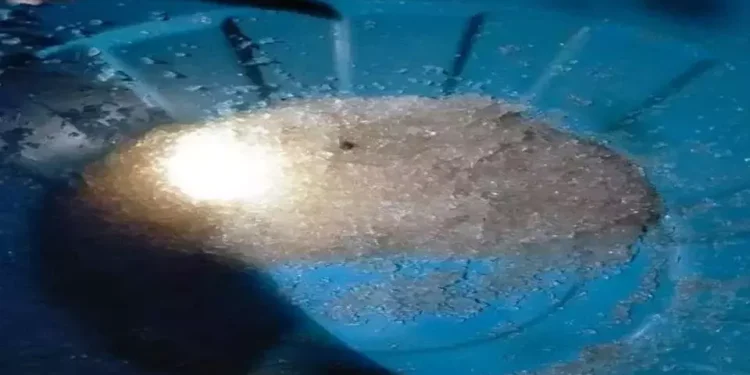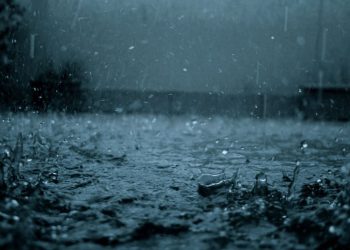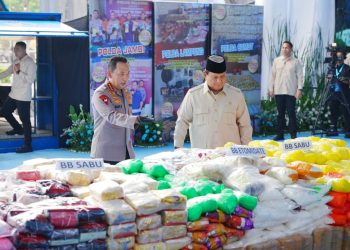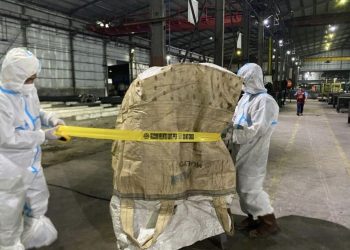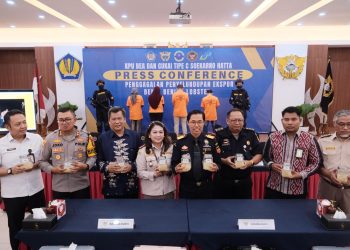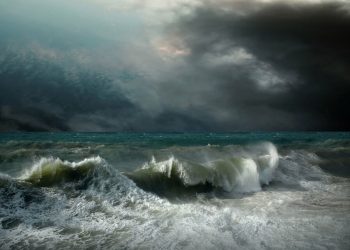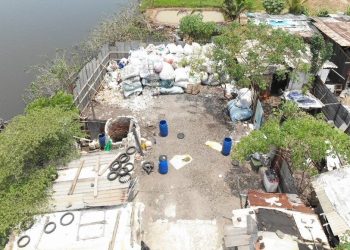Gorontalo, Indonesia Sentinel — Residents of Leyao Village in Tomilito District, North Gorontalo, were left bewildered on Saturday evening, February 15, 2024, when an unusual rain of jelly-like droplets fell from the sky. The rare phenomenon occurred around 8:00 p.m. local time and quickly captured the attention of the entire community.
According to eyewitnesses, the rain initially appeared normal until villagers noticed that the ground was covered with soft, translucent pellets resembling gelatin. The event was so unusual that many residents began recording the moment to share with friends and family.
“At first, we thought it was regular rain,” said Ewan Saputra, a local resident. “But when we looked closely, we saw jelly-like beads covering our yards and the streets. I’ve never seen anything like this before.”
The peculiar rain lasted for approximately 30 minutes, with droplets falling steadily and accumulating on the ground. While some villagers attempted to collect samples in containers, others chose to stay indoors, wary of potential health risks associated with the strange precipitation.
Community Reactions and Theories
The event sparked various theories among residents. Some speculated that the jelly-like substance might be linked to airborne algae or marine microorganisms, given Gorontalo’s coastal proximity. Others wondered if it was a consequence of unusual atmospheric conditions.
“It’s like nature is trying to send us a message,” said Anwar, another resident. “Some of the older people here even recalled folk stories about strange rains as omens.”
Curiosity soon turned into concern. By the next morning, the jelly-like deposits had partially dissolved, leaving only faint residues on surfaces. Local authorities, alerted to the phenomenon, advised residents not to touch or consume the substance until official tests could be conducted.
Scientific Perspectives
While ‘jelly rain’ sounds like a scene from a science fiction movie, similar phenomena have been documented in other parts of the world. Meteorologists and biologists suggest that such events might be caused by “star jelly”—a gelatinous substance believed to result from atmospheric deposition of microscopic organisms, algae blooms, or even amphibian spawn carried aloft by strong winds.
In 2001, a similar occurrence was reported in Oakville, Washington, where residents discovered gelatinous blobs after a rainstorm. Laboratory tests later revealed the presence of marine bacteria, leading scientists to theorize that the material originated from oceanic sources.
Official Investigation Underway
The Gorontalo Meteorology, Climatology, and Geophysics Agency (BMKG) has dispatched a team to collect samples for analysis. Experts will examine the material’s composition to determine its origin and potential health risks.
“This is the first time we’ve encountered an event like this in Gorontalo,” said Dr. Rani Taufik, a BMKG representative. “Our initial hypothesis suggests that atmospheric conditions, combined with local environmental factors, may have caused this phenomenon. We urge the public to remain calm and await our findings.”
Authorities have reassured residents that preliminary observations show no immediate signs of toxicity. However, health officials recommend avoiding direct contact until laboratory results are available.
Read Also:
Indonesia Weather Alert! Thunderstorms and Heavy Rain Expected in Several Cities
A Reminder of Nature’s Mysteries
The jelly rain of Leyao Village serves as a stark reminder of the unpredictable nature of our environment. As residents await scientific explanations, many remain captivated by the surreal experience.
“We live in a time when so much is explained by science,” said Ewan. “But sometimes, nature surprises us with mysteries we still can’t fully understand.”
For now, Leyao Village has etched its name in Indonesia’s natural history books as the site of one of the country’s most peculiar weather events.
(Becky)


